Grocery shopping can be stressful, but it doesn't have to be! Follow these 10 tips to make your next grocery trip smoother and smarter.
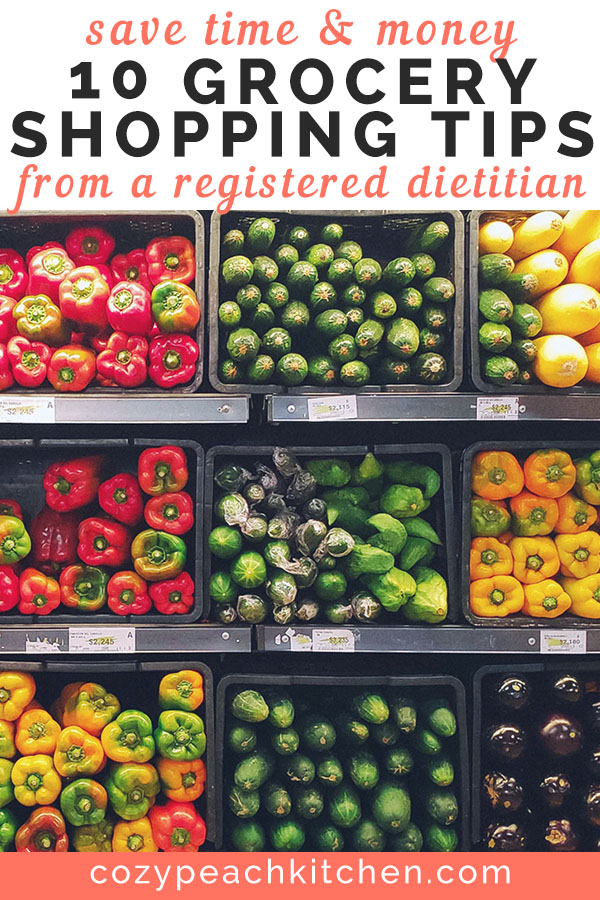
Let's face it: grocery shopping can be an overwhelming experience. It's easy to walk into a grocery store with all the best intentions, only to walk out with an overflowing cart filled with items you never intended to buy.
You don't have to be distracted by grocery store chaos! By making a plan and trying out these 10 registered dietitian-approved grocery shopping tips, you will be on your way to a healthier and easier shopping experience.
1. Always make a grocery list
If you follow only one tip, make it this one.
Plan and research meal ideas before going to the grocery store, then make a shopping list based on the recipes you plan to make. Don't forget to add any household essentials or non-food items to your grocery list.
Keep a running grocery list on your fridge or in your phone so that you can add items to the list as they run out.
By having a clear idea of what items you need before even setting foot into the store, you limit your chances of forgetting an ingredient or impulse purchasing something that you don't need (1).
2. Eat before you shop
Have you ever shopped while hungry? If so, you know that suddenly everything in the grocery store looks like something you must. buy. Research shows that shopping while hungry may even increase your purchase of non-food items (2).
By eating a light meal or snack 1-2 hours before shopping you can cut down on cravings and impulse purchases.
3. Take advantage of grocery store apps and loyalty cards
Many major grocery store chains have their own apps. You can sign up for free for coupons, weekly ads, and member loyalty bonuses. Some apps even allow you to search for specific items to add to an in-app grocery list.
4. Shop in season
If possible, shop for produce by the season. Not only are in-season fruit and veggies less expensive, they’re also more flavorful than their out-of-season counterparts.
To save money, buy your favorite fruit and veggies in-season and freeze for later use.
5. Don’t be afraid of the freezer aisle
Veggies, fruits and grains are bountiful in the freezer aisle. Because these items are picked and frozen at their peak ripeness, they’re often more nutrient-packed than their unfrozen counterparts.
Buy extra bags of frozen veggies and grains to have on hand as last-minute dinner ingredients. Frozen fruit can be added to smoothies or yogurt bowls and frozen veggies make great quesadilla or scrambled egg add-ins.
6. Shop the bulk bins
Most grocery stores have a bulk food aisle with nuts, grains, dried beans, and more. Buying in bulk is often less expensive and eliminates unnecessary packaging.
Trying a new recipe? Choose exact amounts of an ingredient from the bulk aisle to avoid having leftover ingredients that you may waste.
7. Shop during off hours
No one enjoys playing grocery cart chicken in a crowded grocery store aisle. Avoiding crowds at the grocery store means cutting down time spent shopping and stress.
The best time to shop: The middle of the week sees the least crowded grocery stores. Shop early mornings to avoid crowds and to have the best pick of perishable items like fresh produce and dairy.
The worst time to shop: Between 4 and 6 pm, as many people choose to head to the grocery store after work. Avoid weekends, but especially avoid Sunday evenings, as perishables will likely be in low stock. If you have to shop on the weekend, choose late at night (after 8 pm) or early in the morning (before 10 am).
8. Look at the top and bottom of shelves
Items at eye-level, or in the center of the shelf, are often the most expensive products. Look at the top and bottom of shelves for less heavily advertised items. Compare nutrition labels to find the differences between products.
9. Be realistic
It may seem obvious, but I find this to be one of the most important shopping strategies. In short, only buy items that you know you'll eat.
It’s easy to write a grocery list packed with the foods that you think you should be eating. Be realistic with yourself: Do you really have time to prep 12 different vegetables? Do you actually like kale and quinoa, or are you just adding it to your list because you've heard that it's healthy?
Stick to just a few recipes to avoid unrealistic expectations and food waste.
10. Treat yourself!
Sometimes it's necessary to add an item to your cart that isn’t on your list. Craving ice cream but its not on your list? Is there a great deal for your favorite bagels?
Listen to your body – it’s okay to include a few treats that you weren’t originally planning to buy.


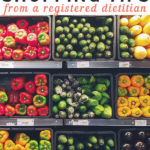
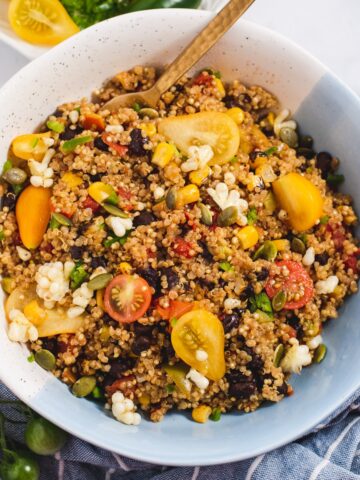
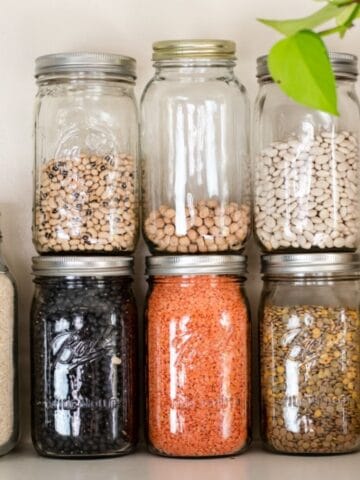

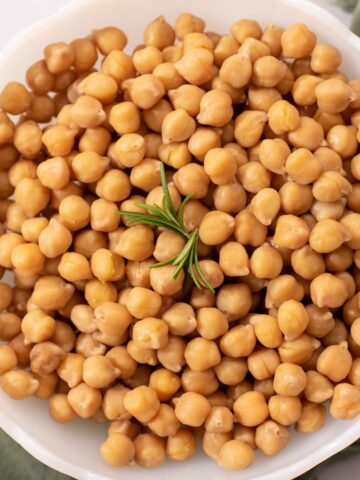
Comments
No Comments